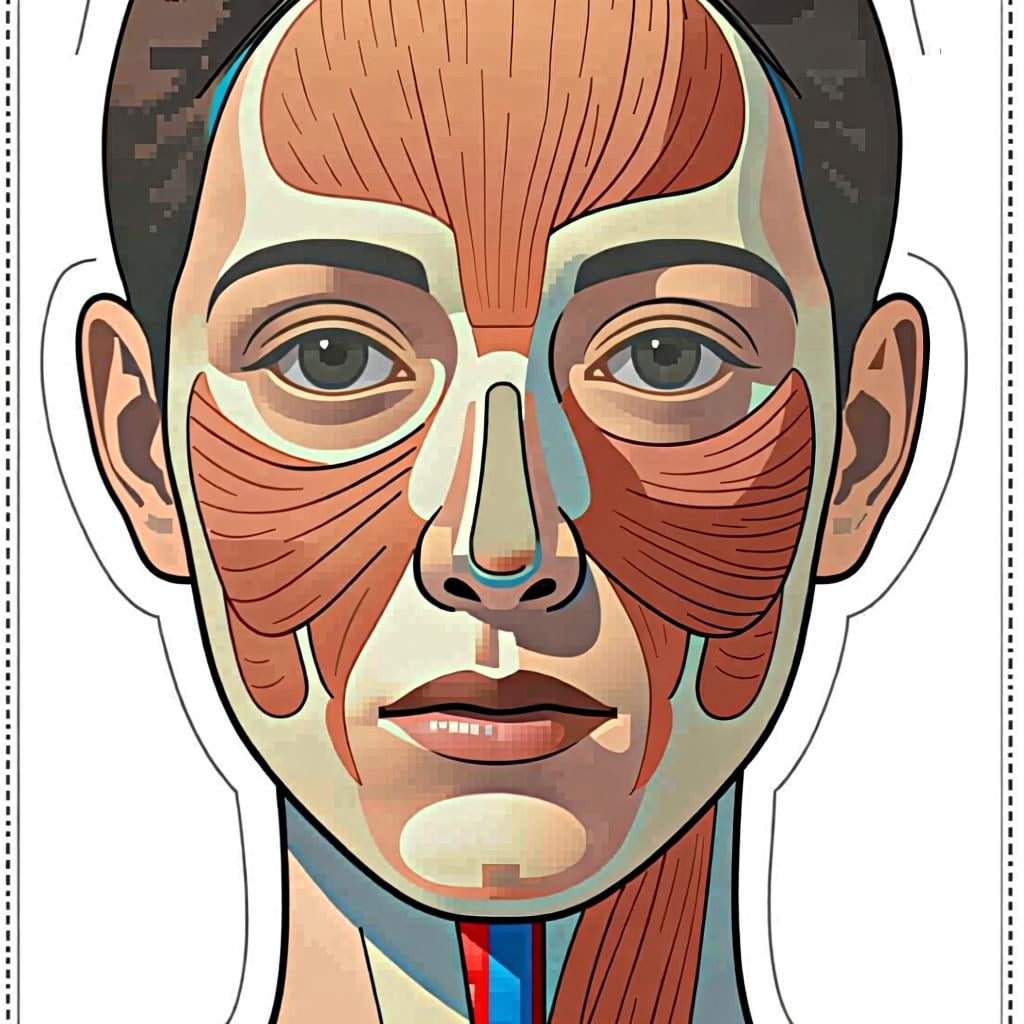
cara
kah-rah
📝 In Action
Me lavo la cara todas las mañanas.
A1I wash my face every morning.
La moneda tiene dos caras: cara y cruz.
A2The coin has two sides: heads and tails.
Puso mala cara cuando le conté el problema.
B1He put on a sour face when I told him the problem.
Escribe tu nombre en la cara frontal del sobre.
B1Write your name on the front side of the envelope.
💡 Grammar Points
'Cara' is a Feminine Word
Even though it doesn't end in '-o', 'cara' is a feminine word. So, you always use 'la' or 'una' with it. For example, 'la cara bonita' (the pretty face).
❌ Common Pitfalls
Describing Your Own Face
Mistake: "Incorrect: 'Tengo cara cansada.'"
Correction: Correct: 'Tengo la cara cansada.' When you're describing the state of your own body part, like your face, you usually need to include 'la' (the).
⭐ Usage Tips
More Than Just a Body Part
Remember 'cara' is also used for the 'side' of any flat object. 'Heads or tails?' is '¿Cara o cruz?' in Spanish, literally 'Face or cross?'.
✏️ Quick Practice
💡 Quick Quiz: cara
Question 1 of 2
Which sentence uses 'cara' to mean 'expensive'?
📚 More Resources
Frequently Asked Questions
What's the difference between 'cara' and 'rostro'?
Both mean 'face', but 'rostro' is a bit more formal or poetic. You'll see it more in literature or formal speech. For everyday conversation, 'cara' is much more common.
Why are 'face' and 'expensive' the same word?
They aren't really the same word, they just happen to look and sound identical! They come from completely different root words in Latin. This is called a 'homonym', and it happens in many languages, just like 'bat' (the animal) and 'bat' (for baseball) in English.